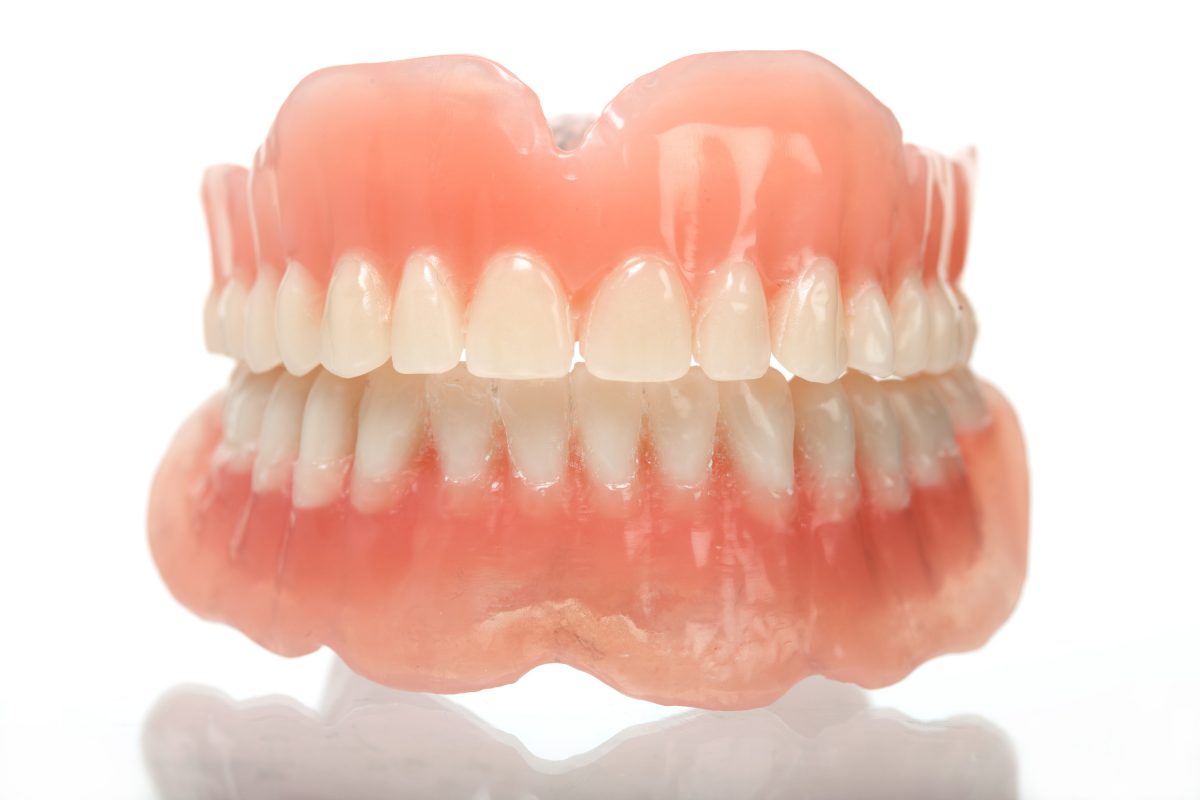Root Canal Treatment
Explained
Root canal treatment (endodontic treatment) is a dental procedure that is performed to remove infected or damaged tissue from inside the tooth. The inside of a tooth is called the pulp, which contains nerves and blood vessels that help the tooth grow and develop. If the pulp becomes infected or damaged, it can cause pain and swelling, and can lead to an abscess (a collection of pus) if left untreated.
Root canal treatment is typically performed over one or two visits, depending on the severity of the infection or damage. After the treatment, the tooth may be sore for a few days, but over-the-counter pain medication can help manage the discomfort. It is important to follow the dentist’s instructions for post-operative care, including avoiding chewy or sticky foods, to help ensure a successful outcome.
What Are
The Steps of a Root Canal Treatment?
The steps of a root canal treatment typically include the following:
- Anesthesia: The dentist will numb the area around the tooth to minimize discomfort during the procedure.
- Access: The dentist will make a small opening in the top of the tooth to access the pulp.
- Cleaning: The dentist will use small instruments to remove the infected or damaged pulp from the tooth, including the roots.
- Shaping: The dentist will shape the interior of the tooth to prepare it for filling.
- Filling: The dentist will fill the interior of the tooth with a rubber-like material called gutta-percha to help prevent reinfection.
- Sealing: The dentist will place a filling or a crown on top of the tooth to protect it and restore its shape and function.
Will My Appearance
Be Affected by A Root Canal?
After root canal treatment, your tooth may look different from its pre-treatment appearance, but the changes will likely be subtle. Here’s what you can expect:
- Tooth color: The tooth may become discolored after root canal treatment, especially if the pulp was infected or damaged for a long time. The discoloration may be visible through the tooth’s enamel, making the tooth appear darker.
- Crown or filling: A crown or filling will be placed on top of the tooth to protect it and restore its shape and function. The crown or filling will match the color of your surrounding teeth, so it should blend in well with your smile.
- Sensitivity: The tooth may be sensitive to pressure or temperature for a few days after treatment, but this is normal and should go away on its own. If the sensitivity persists, you should contact your dentist.
It’s important to remember that a root canal treatment saves a damaged or infected tooth and helps prevent the need for a more extensive dental procedure in the future. After the treatment, your tooth will be protected and functional, and you should be able to care for it as you do for your other teeth.
Recovering from
Root Canal Treatment
Recovering from root canal treatment is usually a straightforward process, but there are some things you can do to help ensure a smooth recovery and reduce discomfort:
- Pain management: You may experience some discomfort or tenderness in the treated tooth and surrounding area after the procedure. Over-the-counter pain medication such as ibuprofen or acetaminophen can help manage the pain. If the pain is severe or persistent, you should contact your dentist.
- Eating: You can eat soft foods, such as yogurt, soup, or mashed potatoes, immediately after the procedure. Gradually return to your normal diet as your tooth and mouth feel better. Avoid hard, crunchy, or chewy foods for a few days after the procedure to avoid putting pressure on the treated tooth.
- Brushing and flossing: You should brush and floss your teeth as you normally do, but be gentle around the treated tooth for a few days.
- Follow-up appointments: You will need to return to your dentist for a follow-up appointment to check the healing of the treated tooth and to ensure the procedure was successful. Your dentist may also place a crown or filling on the tooth to protect it and restore its shape and function.
- Taking antibiotics: If prescribed by your dentist, take the antibiotics as directed to help prevent infection.
Most people recover from root canal treatment within a few days and experience minimal discomfort. If you have any concerns about your recovery or if you experience severe or persistent pain, you should contact your dentist.
Committed To
Excellence
Cosmetic Dentistry
The area of dentistry known as cosmetic dentistry is concerned with enhancing the appearance of your smile. Veneers, dental bonding, and teeth whitening are common cosmetic dental procedures.
Implants
Credibly reintermediate backend ideas for cross-platform models. Continually reintermediate integrated processes through technically sound intellectual capital. Holistically foster superior methodologies without market-driven best practices.
Dentures
Dentures are fixed or removable dental prostheses that replace missing teeth. This includes bridges, crowns and implants.
Teeth Whitening
“Tooth whitening” is a comparatively simple cosmetic procedure to visibly whiten our teeth. The term comes from the English (to bleach = to bleach).






